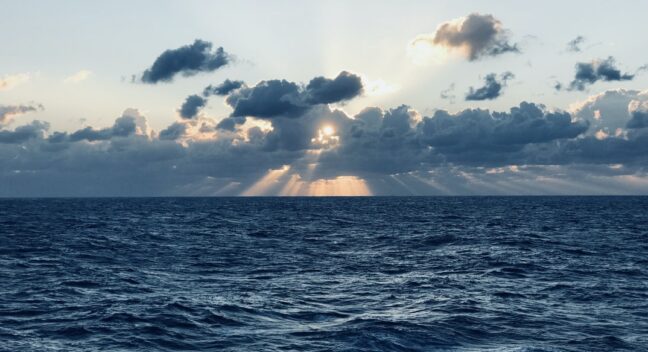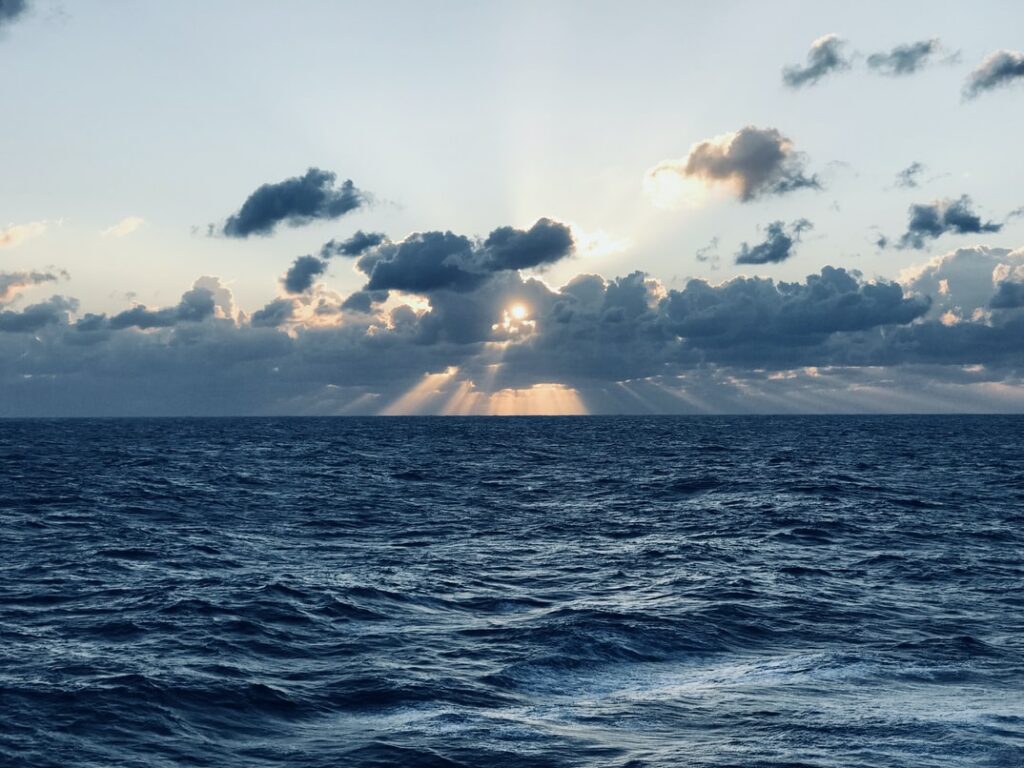Marine Protected Areas and Other Effective Area-based Conservation Measures


DESCRIPTION
IUCN, the International Union for Conservation of Nature, defines Marine Protected Areas (MPAs) as areas of the ocean set aside for long-term conservation of nature, with associated ecosystem services and cultural values. The most protective marine reserves prohibit all access except for scientific research, but in many other cases human presence is allowed, including, for example, regulated tourism, recreational activities and artisanal fisheries. MPAs can encourage the development of sustainable economic activities with lower impact on the ecosystem and increased benefit for local communities. The establishment of MPAs, especially if mutually connected through networks and properly managed, is recognised as a tool to support global efforts towards adaptation, with important benefits for mitigation aspects as well.
In 2016, the MedPan Association identified 1,215 MPAs and Other Effective area-based Conservation Measures (OECMs) in the Mediterranean Sea. Though more than 300 MPAs and OECMs have been established in the Adriatic, they are only ensuring protection for about 5% of the total basin surface. In this wide meaning of marine protected areas, area-based fisheries restrictions are included and referred to as Fisheries Restricted Areas, providing additional conservation benefits for biodiversity. Other sectoral area-based restrictions (for example for maritime traffic and for mooring) can have similar benefits, preserving marine and coastal ecosystems from negative impacts of human activities.
Owing to restrictions in human activities, MPAs and OECMs are ecosystems of great ecological value, offering refuge for endangered species, preserving threatened habitats and favouring fish stock recovery. This creates a favourable ecological status able to offer greater resilience to the climate change, reducing ecosystem vulnerability. Increased habitat complexity, intact food web, and large population with fecund individuals are key elements of MPAs helping to increase the resilience to and recovery from climate change pressures. MPAs provide areas with reduced stress for organisms increasing their health and ability to escape climate change impacts. In this regard, a network of MPAs provides corridors for species, offering continued protection for mobile species, facilitating their movement in response to adverse impacts of the climate change.
Coastal MPAs have a special role in the adaptation, where protected coastal ecosystems can act as “natural infrastructure” buffering the damage from typical climate change impacts in coastal areas, such as severe storms, flood and erosion. In this regard, salt marshes and coastal wetlands can dissipate the wave energy arriving to the coast and provide water storage capacity, reducing the impact of flooding. Maintaining and restoring these ecosystems in MPAs, especially through nature-based solutions, and protecting these areas from uncontrolled coastal anthropisation, dredging or over-harvesting can help reduce their vulnerability to the climate change effects in coastal areas.
Finally, coastal “blue ecosystems” (e.g. salt marshes and seagrass meadows) represent important climate adaptation opportunities, contrasting erosion and offering refuge to several species including calcifying organisms, and counteracting seawater acidification.
In order to progress towards adaptation, MPAs and MPA networks need to be designed in a flexible way, considering the continuously evolving science of climate change. An adaptive management is needed, possible only if MPA managers are aware of the risks posed by the climate change and expressively incorporate vulnerability assessment and adaptation in their management plans and objectives. A contribution to this effort has been offered by the EU-funded project MPA-Adapt that strengthened the concept of effective MPAs as opportunities to increase resilience to climate change. The project launched the Climate Change Platform for Mediterranean MPAs, that gathers available tools and materials for climate change adaptation in the Mediterranean MPAs and showcases the best practices and lessons learnt of five Mediterranean Marine Protected Areas, including the Brijuni National Park in the Adriatic. For this area a list of adaptation strategies has been proposed, including effective monitoring of changes combined with timely and appropriate responses, running of educational programmes, removing or redesigning coastal infrastructure and including the carbon footprint in the management of the Park.
Integrated Coastal Zone Management (ICZM) and Marine Spatial Planning (MSP) are useful tools to improve proper planning of MPAs and their management through a fully integrated approach.
COSTS AND BENEFITS
Costs mainly refer to the ordinary management of MPAs and OECMs and vary according to the size of the area, the monitoring and control activities, and the management measures selected for conservation goals. Special ecosystem-based adaptation measures, selected to restore deteriorated habitats can require additional costs.
According to MedPan analysis of Mediterranean MPAs and OECMs, funding generally comes from public authorities, but also from donors, private sector and internal sources such as entry fees, taxes and fines. In several cases, lack of funding is reported as an obstacle to fully achieve management effectiveness.
Beyond nature conservation benefits of MPAs and OECMs and their previously described role toward adaptation, these areas offer important opportunities for climate change mitigation. Salt marshes and seagrasses found in the Mediterranean MPAs have high rates of carbon sequestration and act as long-term carbon sinks. Preserving these ecosystems through dedicated conservation efforts preserves their carbon storage capacity and avoids that the stored carbon is released, resulting in new emissions of CO2.
Moreover, the establishment of MPAs and OECMs, with specific adaptation measures in their management plans, necessarily involves the interest of multiple stakeholders, due to the multiple ecosystem services provided by these areas. This process can lead to the enhancement of stakeholder participation, creating a valuable opportunity to increase awareness of climate change issues.
MPAs and OECMs are also opportunities to educate the public and local communities not only on nature conservation but also on climate change. Dedicated visitors’ facilities and educational programmes can help this achievement.
MPAs and OECMs offer benefits for scientific research. Being areas where human pressures are lessened, they can act as a “control sites”, allowing better understanding of the impacts of the climate change on biodiversity that in other environments are likely to overlap and be confused with other common anthropic impacts (such as water pollution, overfishing and habitat disturbance). MPAs and OECMs can work as pilot sites to experiment the efficiency of adaptation measures in pristine areas. They offer an opportunity to improve dialogue among scientists and MPA managers in developing MPA management plans that expressly include climate change. MPA networks can also function as climate monitoring networks, allowing data exchange through partnership with the scientific community, providing useful input to the scientific research.
IMPLEMENTATION TIME AND LIFETIME
MPAs and OECMs are established through legal acts. Although they cannot be considered as permanent due to possible legal changes that can modify regulations or resize boundaries, these acts offer long-time protection. This implies that long-term objectives are taken as conservation goals.
Management Plans of MPAs and OECMs, when available, have a validity of several years and need to be periodically revised and updated according to an adaptive and flexible approach. For example, in the natural reserve of Bouches de Bonifacio (France), the management plan is established for a period of five years. At the end of this period, an evaluation is needed and a new plan is implemented. In Croatia, management plans of the Adriatic MPAs are set for a period of ten years (e.g. Brijuni National Park 2016-2025, Kornati 2014-2023; Telašćica 2012-2022). Implementation of specific measures within these areas can have different implementation times and follows the contents and timing of MPA management plans.
SOURCE FOR MORE DETAILED INFORMATION
Climate Change Platform for Mediterranean MPAs
IUCN issues brief, Marine Protected Areas and Climate Change
Simard, F., Laffoley, D. and J.M. Baxter (eds.). (2016). Marine Protected Areas and Climate Change: Adaptation and Mitigation Synergies, Opportunities and Challenges. Full report. Gland, Switzerland: IUCN.
